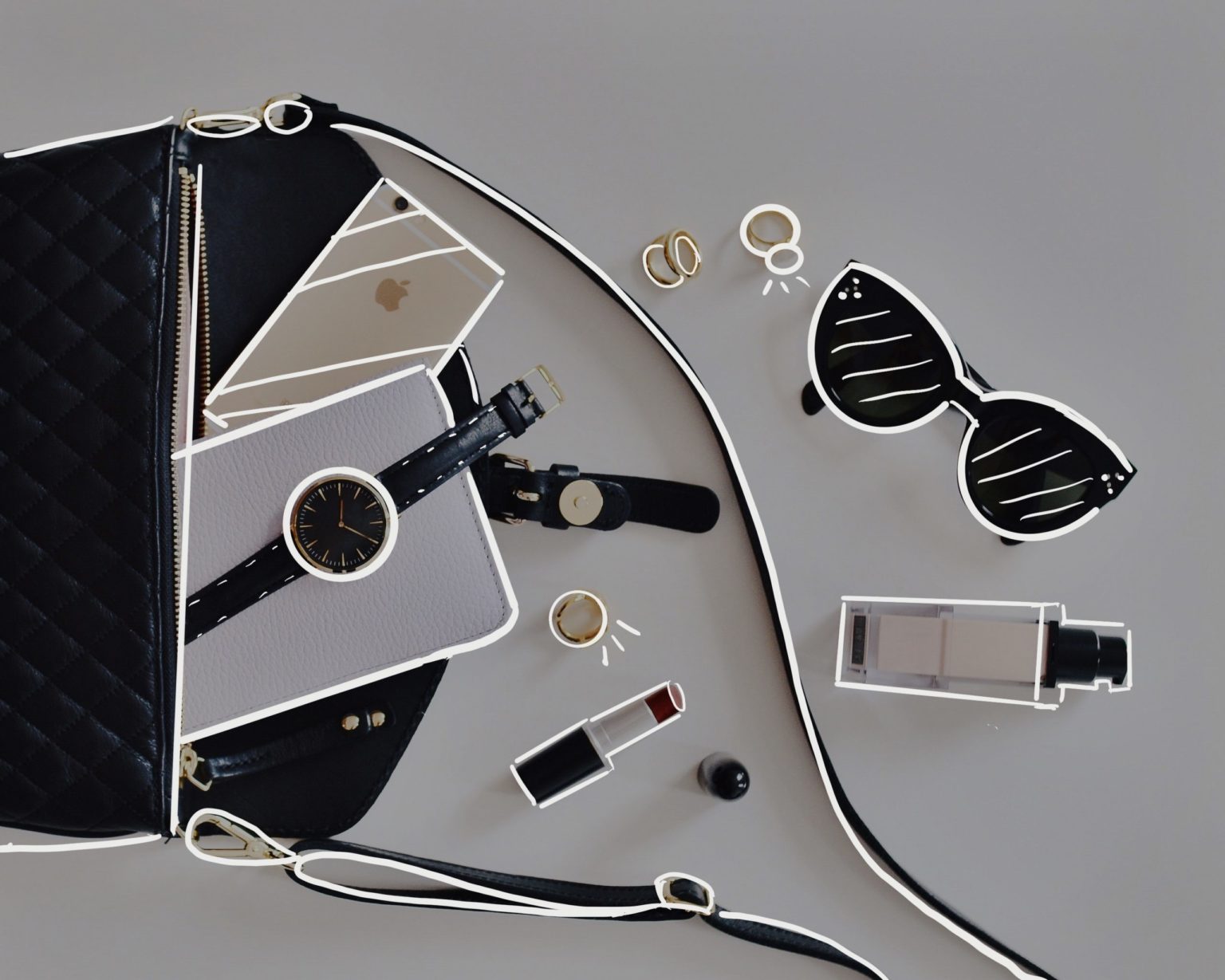
Rethinking Retail: The Luxury Playbook
Luxury retail is focused on creating high touch, exclusive brand experiences for shoppers. In today’s world, luxury brands must think through how to recreate these showroom-type experiences online to build relationships with new customers and solidify loyalty with existing ones, all in an effort to increase eCommerce activity.
To help you achieve this goal, we have a special luxury edition of our Rethinking Retail Playbook, featuring seven simple plays any luxury marketing team can run today.
Play #1: Create Digital Experiences with Thoughtful Messaging and Design
One of the most important elements for luxury brands is creating a sense of experience. Specifically, luxury retailers that can deliver a cohesive, on-brand experience across physical and digital channels not only distinguish their brands, but also create lifelong connections with customers.
When it comes to eCommerce marketing, luxury brands must focus on customer experience as a whole by taking the time to understand how each email fits into a larger matrix as part of a full digital dialog with customers.
In addition to thoughtful messaging, your marketing team must also put special consideration into email design, as staying on-brand is critical in the luxury space. In terms of email design, top layout tips include focusing on white space, using custom fonts and even introducing custom coded product recommendation blocks as needed to produce clean and unique looking emails.
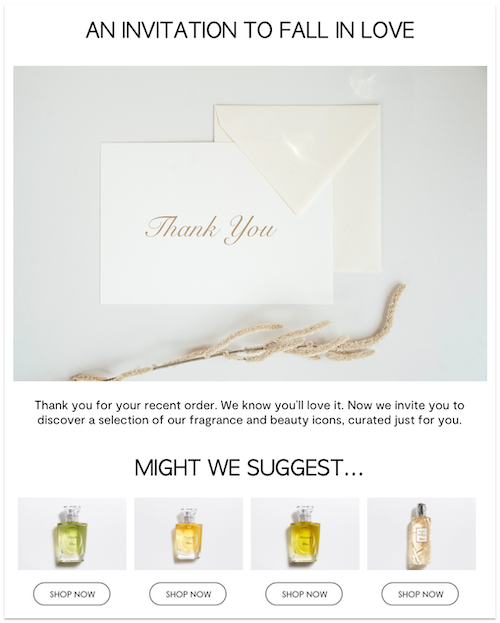
Play #2: Drive Upsells with Sample-to-Full Size Campaigns for Beauty
Modern consumers usually do significant research before making a purchase, particularly when it comes to higher-priced items from luxury brands. One of the best ways to get in front of new customers with beauty products, including those who may be wary of spending more than normal, is to run a sample-to-full size campaign.
This approach allows your brand to give consumers a chance to sample the product before they buy, ultimately making the sale of full size products faster and easier for first-time buyers. The best way to fully capitalize on this type of offer is to run dedicated campaigns that encourage shoppers who received a sample size of a product to then purchase the full size version. In addition to promoting the product itself, you can also include relevant information about how to use the product and recommendations for related products that can be used with it.
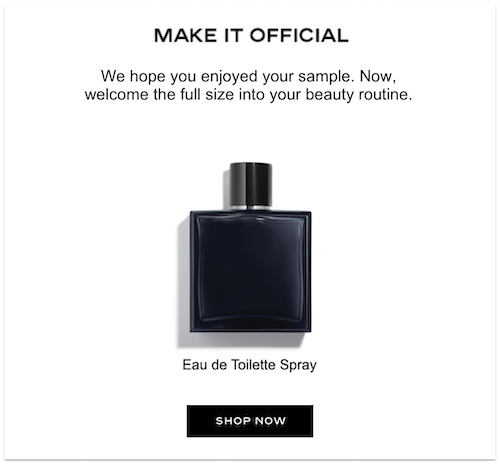
Play #3: Create Loyal Beauty Customers with Intelligent Replenishment Campaigns
Keeping customers coming back time and again is critical to success for any brand. In the luxury space, brands have an enormous opportunity to do just that by running intelligent replenishment campaigns on beauty products.
Specifically, you can use a predictive replenishment model to target customers with a reminder to re-stock based on their own individual shopping habits rather than a static measure based on the average customer. This type of model allows you to reach customers in their moment of need, which helps avoid them going elsewhere to re-stock. In many cases, it can also help strengthen the relationship by reminding them to replenish at just the right time so that they don’t run out of the product and are left scrambling to get more.
Perhaps best of all, you can turn this type of replenishment campaign into an automated triggered email so that the reminders send to customers automatically at the right time for each one, requiring minimal to no additional work from your marketing team beyond the initial setup.

Play #4: Nurture Shoppers with Journeys Catered to Specific Product Lines
Big ticket luxury items typically have a longer purchase cycle characterized by a significant amount of inspiration searching and window shopping. As a result, brands are better off nurturing shoppers during this decision-making process rather than simply pushing for a sale. Doing so not only gives shoppers the information they need to ultimately make a purchase, but also helps develop an emotional connection to your brand that can strengthen long-term loyalty.
To accomplish this objective, try creating journeys catered to specific product lines. For example, this might entail nurturing shoppers across channels like email, social and even the eCommerce site by sharing everything from style inspiration and care information to finally pushing for that sale. Along the way, it’s important to keep these journeys focused on a specific product line and to react to customer behaviors, for example by continuing outreach via email for those who engage on that channel while moving outreach to social for those who don’t engage via email.
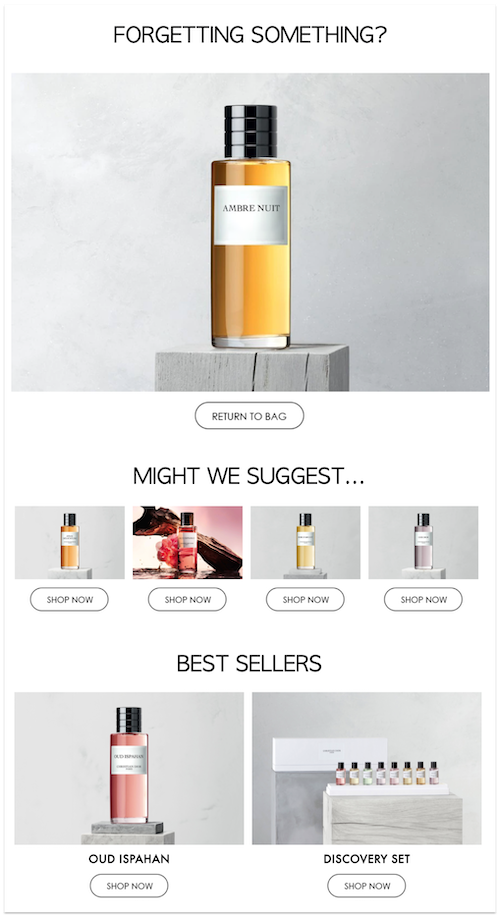
Play #5: Introduce Customers to New Products Based on Predicted Affinity
When it comes to strengthening customer loyalty, one of the best plays for brands is to create multi-category shoppers (in addition to driving repeat purchases from the same category). When done effectively through highly personalized outreach, this approach can feel like walking around a brand showroom with a personal shopper.
Achieving this goal can start with a campaign centered around predicted affinity for a specific product or category that targets customers who have never bought from that category. For example, you might select a specific product or category based on the season or current merchandising goals, build an audience with a high predicted affinity for that product/category but who have not viewed those products and then surface those products for that audience on channels like email and social media.
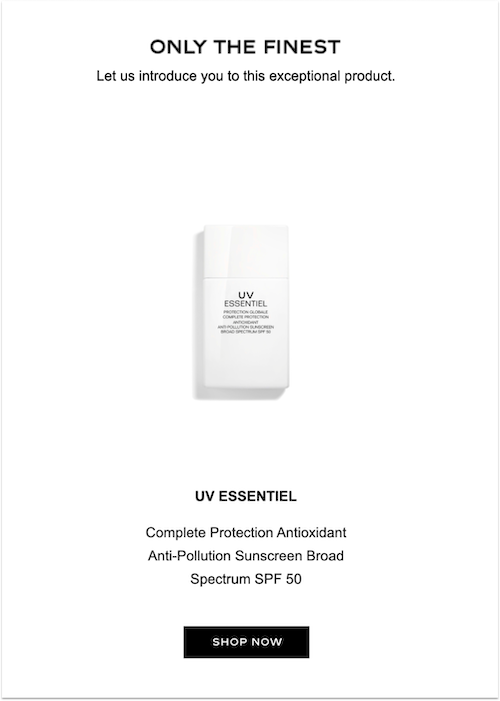
Play #6: Foster a Sense of Urgency with Targeted Back in Stock Notifications
There’s nothing worse as a shopper than deciding to buy an item only to find it’s now out of stock. As a brand, that situation can also mean a lost sale. One of the best ways to combat that loss is to include an option for shoppers to sign up to get notified when the item comes back in stock.
First, this approach allows you to send highly targeted back in stock notifications to alert only those who are interested in the product that it is now available again for purchase. And because the product was previously sold out, this type of message creates a sense of urgency to buy quickly. Second, in asking customers to sign up to receive these notifications, this approach also offers a way to grow your email list to expand the reach of your digital marketing efforts, all while collecting valuable information on the interests of those new email subscribers.

Play #7: Strengthen Relationships by Featuring Content within Triggered Emails
Finally, luxury brands can strengthen relationships with customers and further nurture shoppers on the path to purchase by including content within triggered emails. Luxury brands are unique in that they typically have a lot of content, both that they’ve created and that their customers have created on their behalf. Tapping into this content can prove highly beneficial.
For instance, you can include content like tutorials, how-to’s, style advice, Instagram posts and ratings and reviews within emails to give shoppers more avenues to engage and share inspiration on how to best use the products they’re considering.
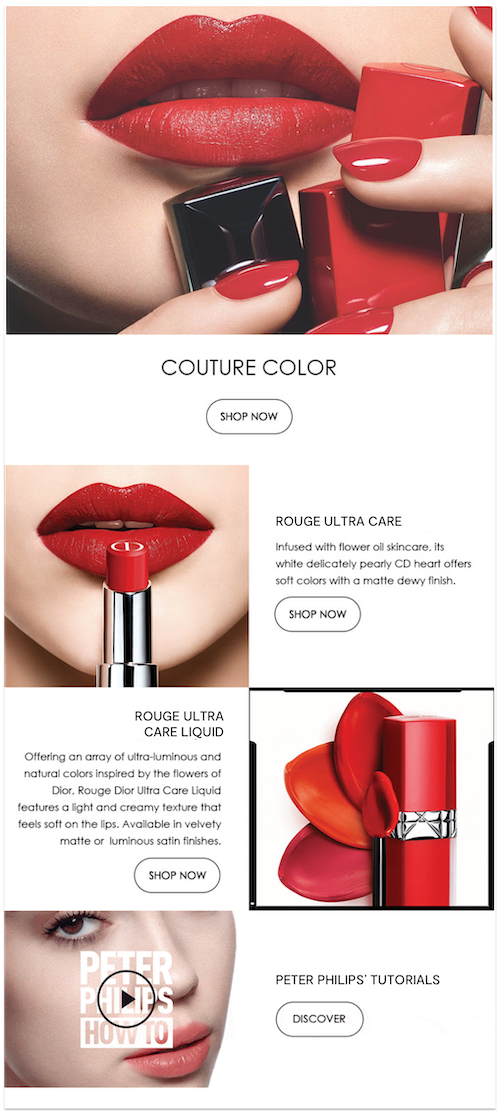
Are You Ready to Rethink Retail?
You’ve read all the plays and put them to work, but are you truly ready to rethink retail for your luxury brand?
Find out everything you need to know in The Retail Reckoning, which explores what makes retail unique, how retail has evolved over the past 20 years and how brands can prepare for success in the next wave of retail.




